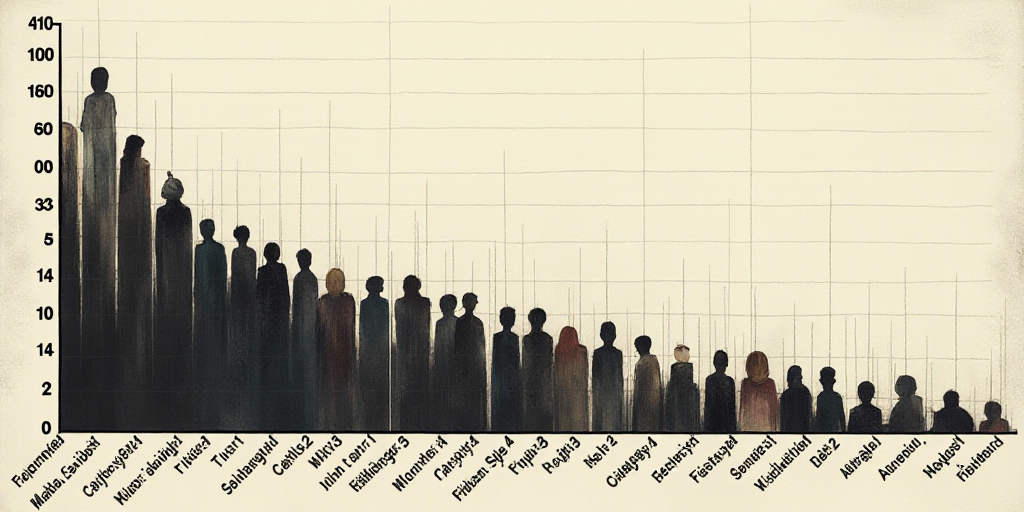Background on the Situation
In May 2025, Mexico witnessed a significant rise in household debt, increasing by 12.3% compared to the same month last year. This surge brought the total accumulated debt to a record-high of 90,875 million pesos, marking the highest level ever recorded for a May month since the onset of the pandemic.
Who is Affected?
This increase in debt affects millions of Mexican families who have turned to borrowing to cover essential expenses amidst economic uncertainty. The pandemic-induced crisis has forced many to rely on credit for housing and durable consumer goods.
Key Factors Driving the Increase
Credit for Residential Housing: The demand for housing credit has been a significant contributor to the rising debt levels. As families seek affordable housing options, they increasingly rely on loans to finance their home purchases.
Consumer Durable Goods: The purchase of durable consumer goods, such as appliances and electronics, has also driven up household debt. With limited disposable income, families often resort to credit to acquire these essential items.
Impact on Mexican Families
On average, each Mexican family now owes 40,749 pesos, representing a 15.3% increase compared to the same period last year. This growing financial burden strains family budgets and limits their ability to save or invest in the future.
Key Questions and Answers
- What caused the surge in household debt? The primary factors driving the increase are rising credit for residential housing and consumer durable goods. As families face economic uncertainty, they rely more on loans to cover essential expenses.
- How does this debt impact Mexican families? The growing financial burden limits families’ ability to save or invest, strains their budgets, and may lead to long-term financial instability.
- What types of credit are contributing to the rise in household debt? Credit for residential housing and consumer durable goods are the main drivers of increased household debt in Mexico.






